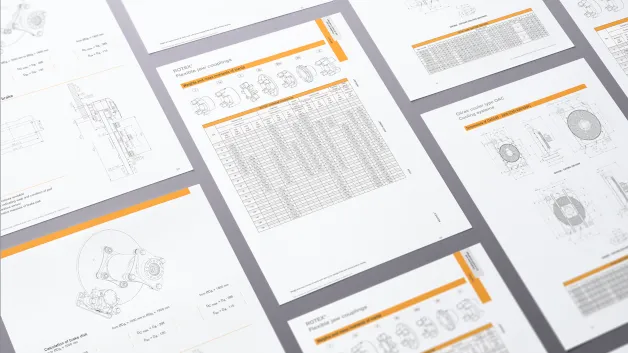Ratchet design DK:
If the torque set is exceeded, a relative movement is generated between the driving and driven side. The transmittable torque is reduced to a low residual figure.
The balls leave the indentations of the disk spring. After eliminating the overload, the balls engage automatically with the next following ball indentation of the disk spring.
Synchronous design SK:
If the torque set is exceeded, a relative movement is generated between the driving and driven side. The transmittable torque is reduced to a low residual figure.
The balls leave the indentations of the disk spring. After eliminating the overload, the balls re-engage automatically with the disk springs after a rotation of 360° subject to their special pitch. Driving and driven side are always in the same position to each other (other degrees of re-engagement, for example 180°, are also possible).




